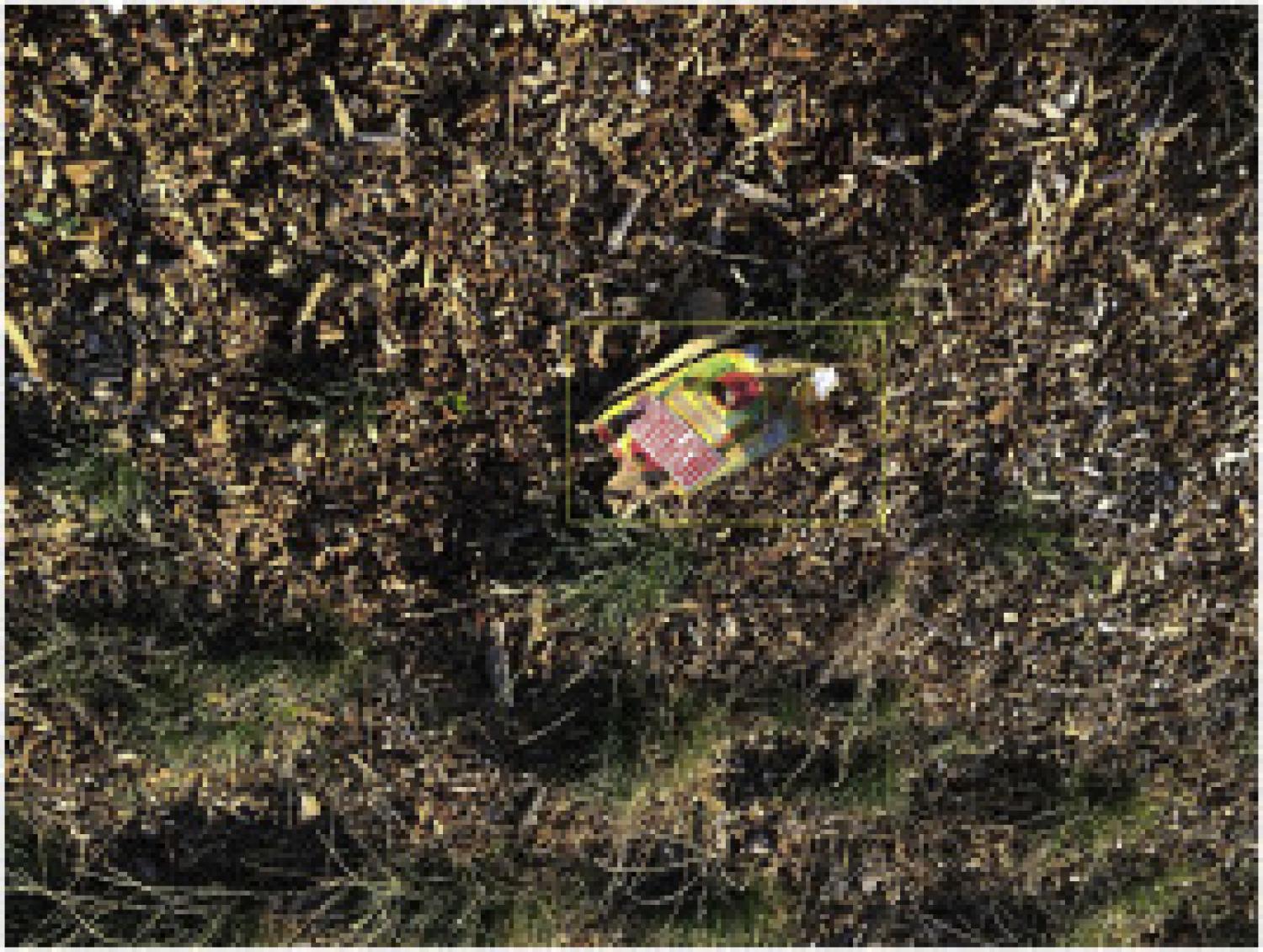
Elsevier, Case Studies in Chemical and Environmental Engineering, Volume 2, September 2020
Water pollution is one of the serious threats in the society. More than 8 million tons of plastic are dumped in the oceans each year. In addition to that beaches are littered by tourists and residents all around the world. It is no secret that the aquatic life ecosystem is at a risk and soon the ratio of plastic/waste to the marine life particulary fish will be 1:1. Hence, in this paper, we have proposed a dataset known as AquaTrash which is based on TACO data set. Further, we have applied proposed state-of-the-art deep learning-based object detection model known as AquaVision over AquaTrash dataset. Proposed model detects and classifies the different pollutants and harmful waste items floating in the oceans and on the seashores with mean Average Precision (mAP) of 0.8148. The propose method localizes the waste object that help in cleaning the water bodies and contributes to environment by maintaining the aquatic ecosystem.
